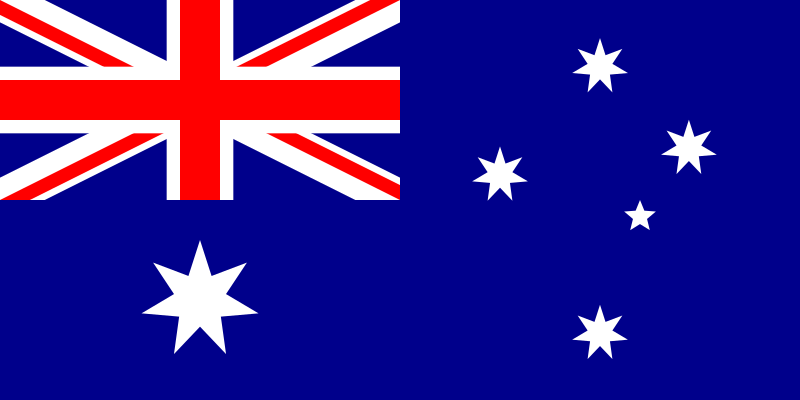-- part 1
40000-60000 years ago aboriginals already lived in australia
11 convict ships - the first fleet - arrived 26 jan 1788 - now a public holiday
under command of captain arthur phillip - first governor of new south wales colony
first free settlers from great britain and ireland
1851 gold discovered in nsw and victoria
chinese - the first large group of non-europeans
between 1851 and 1861 population doubled
1901 commonwealth of australia
4 million people, not incl. indigenous
post ww2 migration - millions
over 22 million today and over 1/4 born overseas
national language - English
200 languages spoken in Australia
6 states, 2 territories (north, act)
nsw: icons: harbour bridge, opera house
sydney - the biggest city
victoria: smallest mainland state
qld: second largest
wa: largest state, wine regions
3/4 live in Perth
sa: wine regions, colonial architecture in adelaide
tas: smallest state, bass strait, hobart is capital
act: parliament house, high court of australia
26 jan: australia day
honour history and the people
on the eve of australia day pm announces in canberra australian of the year awards
citizenship ceremonies
25 apr: anzac day
australian and new zealand army corps landed in gallipoli in turkey on 25 april 1915
remember sacrifice, honour courage
 |
| Australian Flag |
official flag: australian national flag:
blue white and red, it has:
1. union jack - flag of GB
2. commonwealth star under it
it has 7 points: 6 states and 1 for all territories
3. southern cross
 |
| Aboriginal Flag |
aboriginal flag:
black, red and yellow
black - the people
red - the earth and spirit
yellow - sun
| Torres Strait Islanders Flag |
torres strait islanders flag:
green, blue, black and white
green - land
blue - sea
black - people
white - dancer's headdress
points of the white star - island groups
white - peace
| Coat of Arms |
national unity
authority and property of australia
shield - six states, federation
kangaroo, emu - native animals
gold commonwealth star
background: golden wattle - national flower
golden wattle: small tree - south eastern au
bright green leaves
golden yellow flowers in spring
green and gold - national colours
national gemstone: opal
rainbow touched the earth
anthem: advance australia fair
--------- part 2
parliamentary democracy
parliament: make the laws
rule of law - all equal under law
living peacefully - reject violence
compassion, mateship, volunteering,
freedom of speech, expression
cannot harm others
freedom of association, religion
secular government
judeo-christian heritage:
good friday, easter sunday, christmas
resposibilities:
obey laws
vote
defend
serve on jury
privileges:
vote
work in public service or defense
seek election to parliament
passport
help overseas
register children as australian
referendum: a vote to change constiution
federal, state, territory voting is compulsory when on
electoral roll - over 18 years old
local government voting
is not compulsory in some states
18 yo - can be elected to parliament
--- part 3
pay a fine - if you don't have a good reason for not voting
AEC - austr. electoral commission
independent
secret ballot
1 jan 1901 6 colonies united
british act of parliament 1900
house of representatives
senate
high court
double majority to change const.:
majority of voters in majority of states
head of state: queen - elizabeth II
queen appoints governor general
on advice of prime minister
constitutional monarchy
gov. general:
signs all bills passed (royal assent)
sign regulations
ceremonial duties
approves appointments of government,
ministers, federal judges
reserve powers
head of state: the queen of australia
governor - each state
gov. general - federal
premier - state
prime minister - federal
gov minister - must be member of parliament
MP - representative of people
senator - representative of state in parliament
mayor or shire president - local council
councillor - elected
australian parliament:
house of representatives
senate
150 in house of reprs. - voting for 1 person
based on the size of population
senate - upper house, house of review
states are equally represented regardless of size
12 from each state = 6*12 = 72 plus
2 from from each territory
leader of territory: chief minister
nt: administrator instead of governor
state responsible for:
hospitals,
schools
rail
roads,
forests
police
public transport
... there was a bit more but I stopped taking notes.